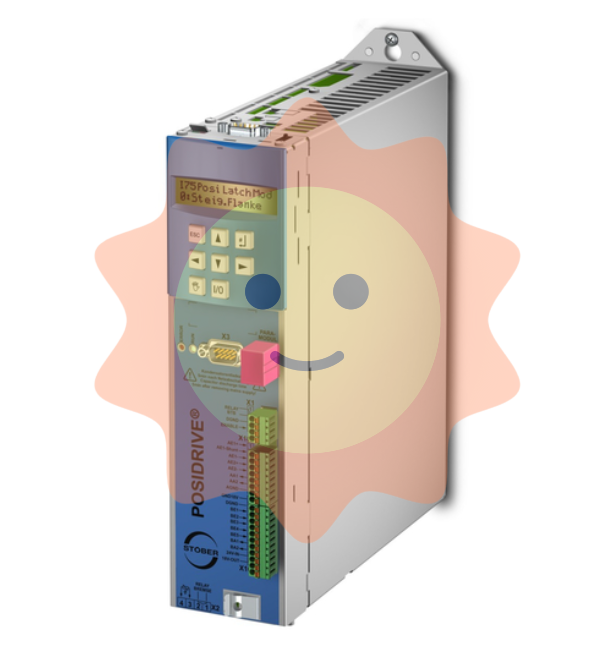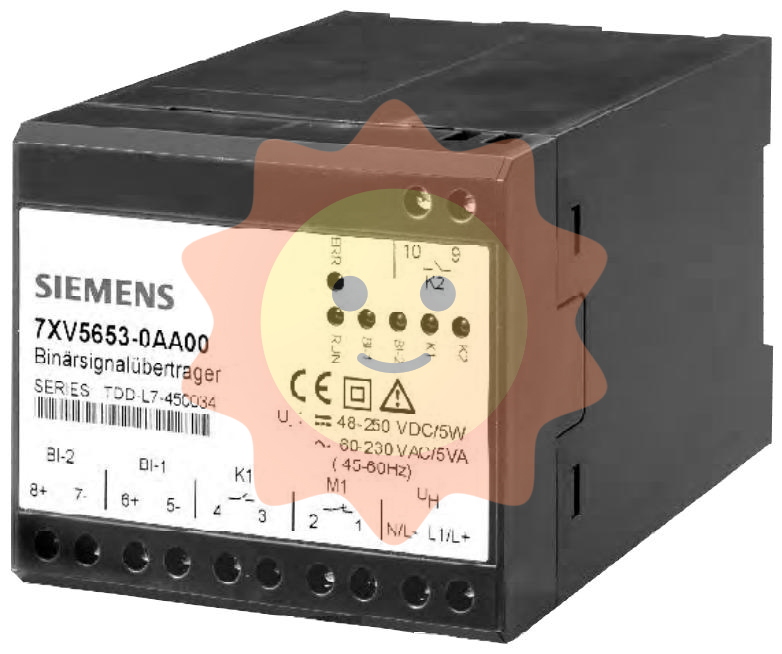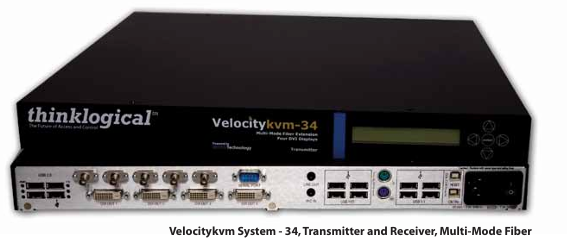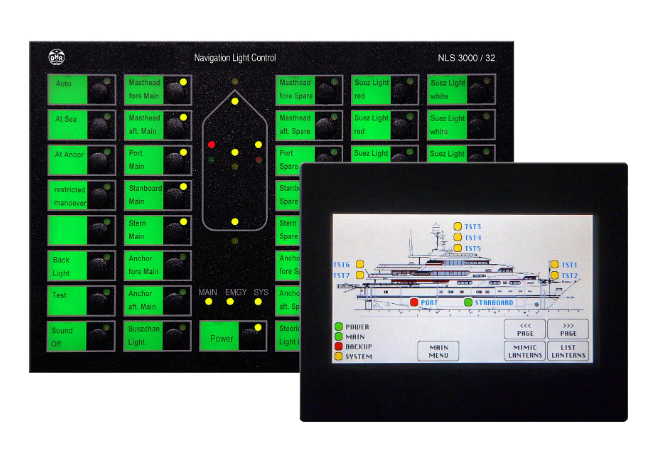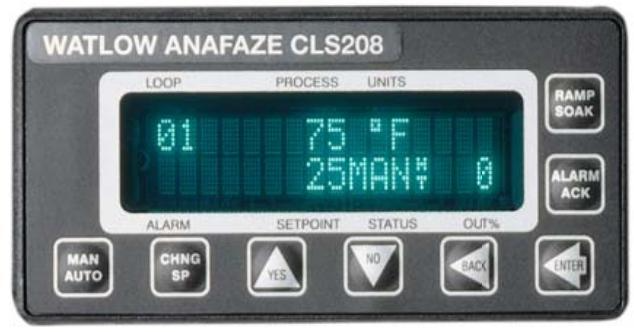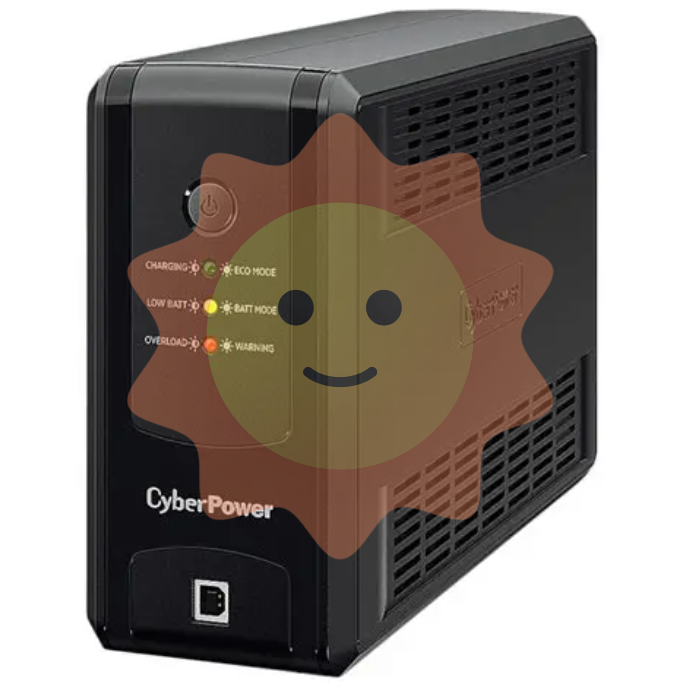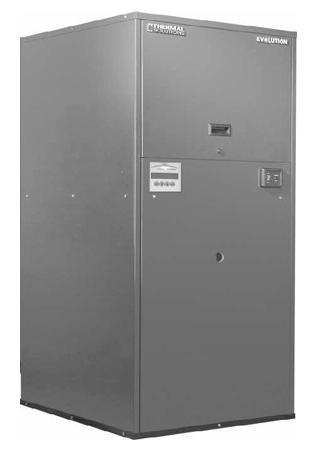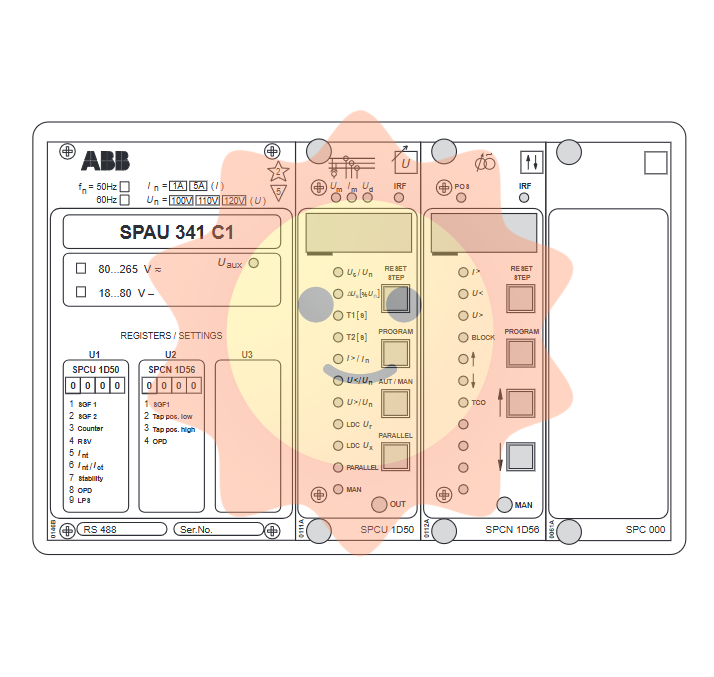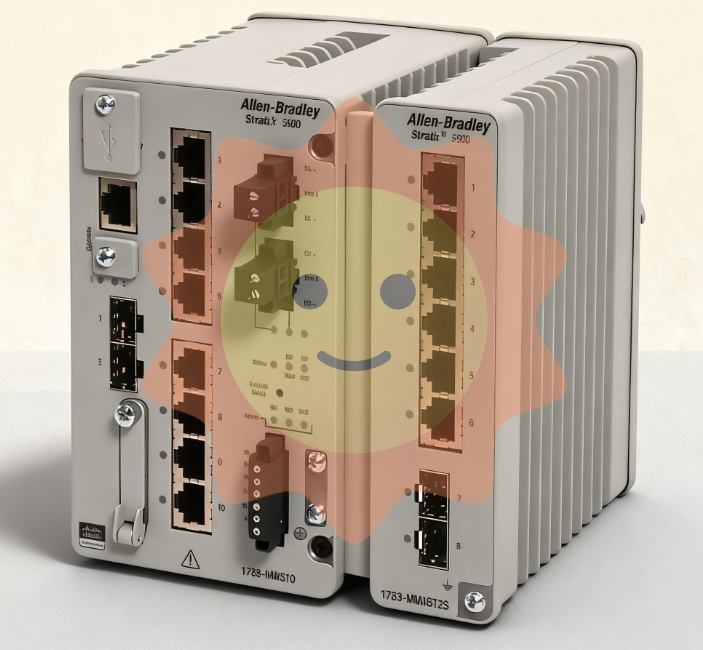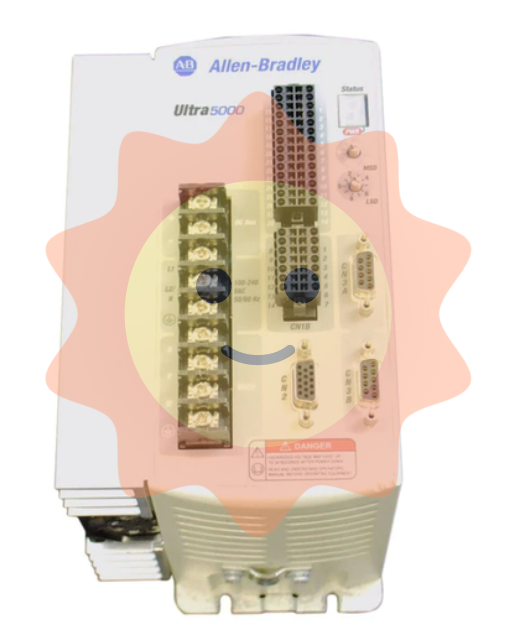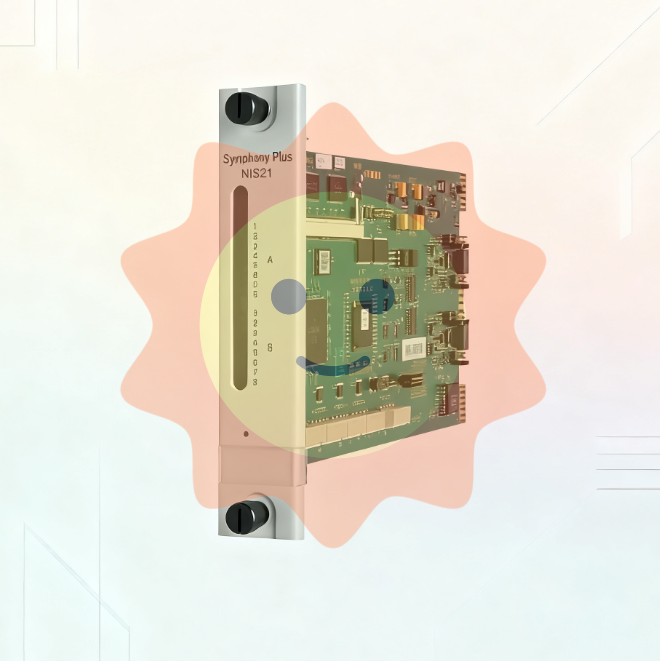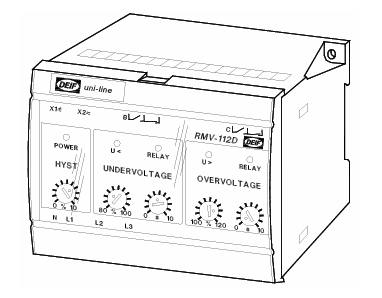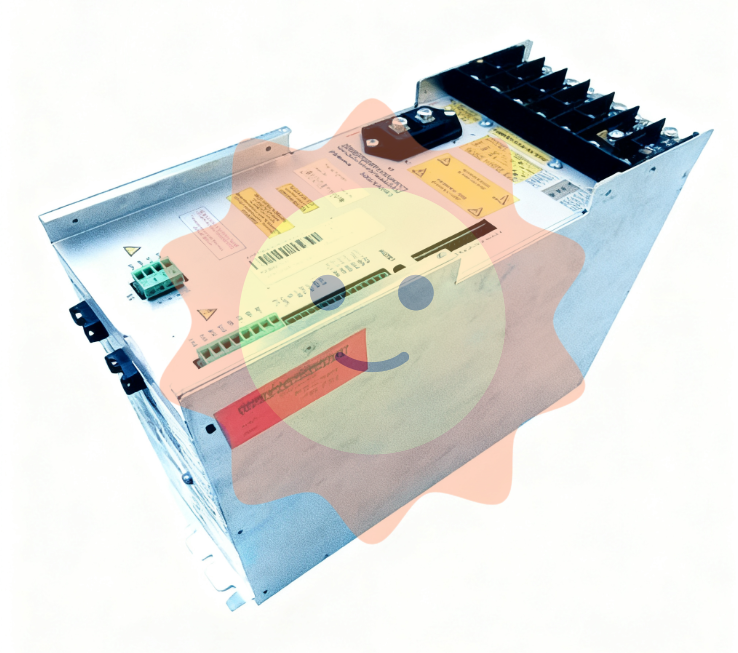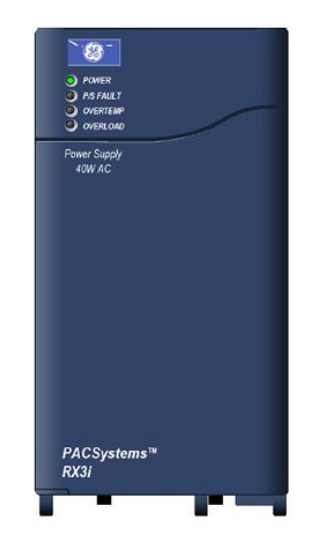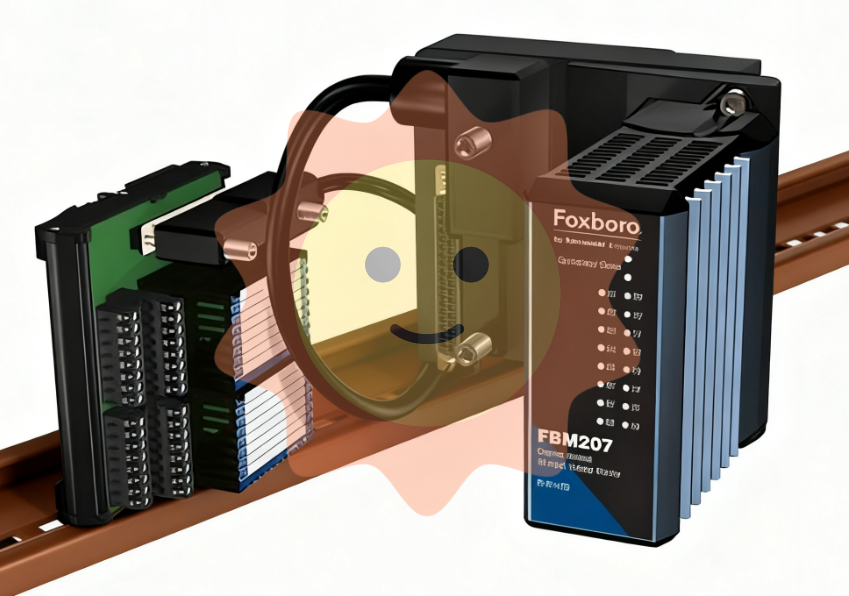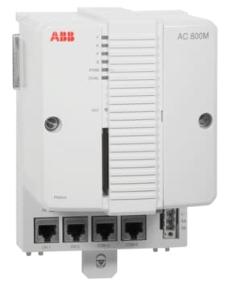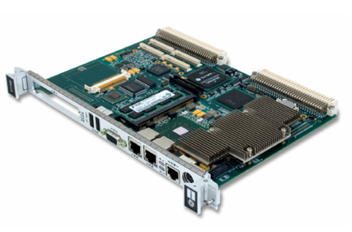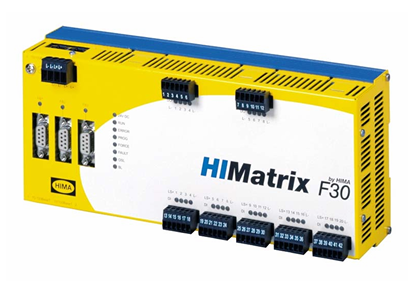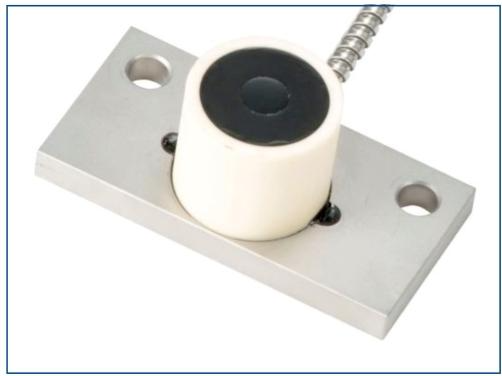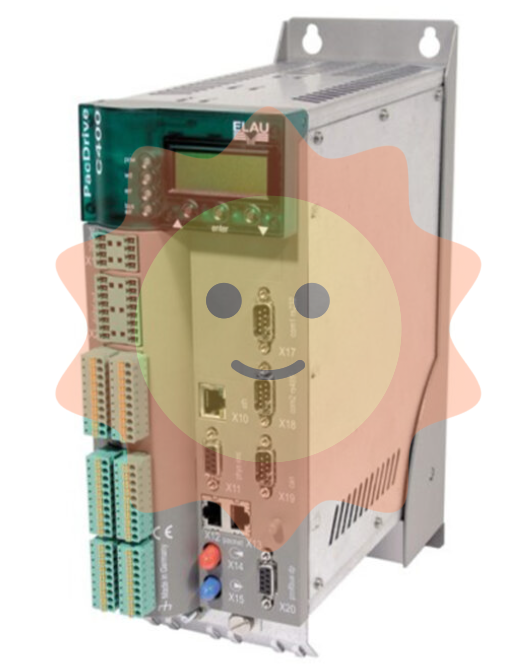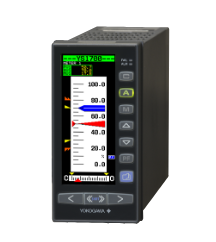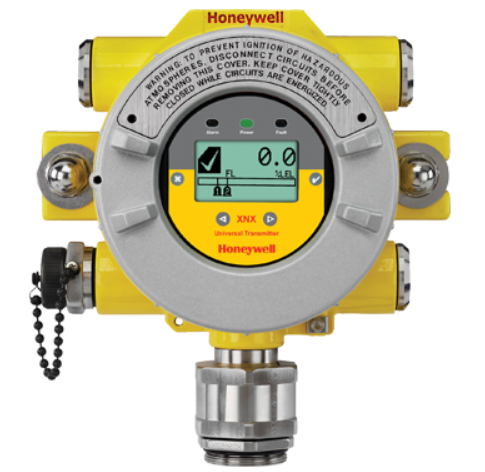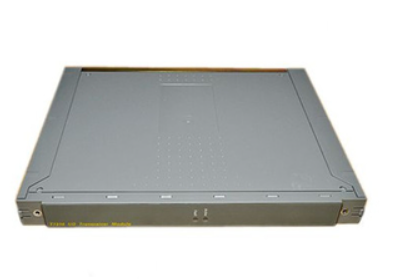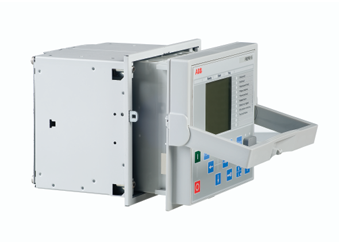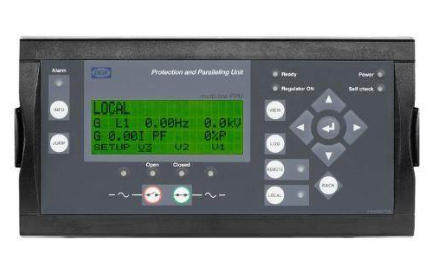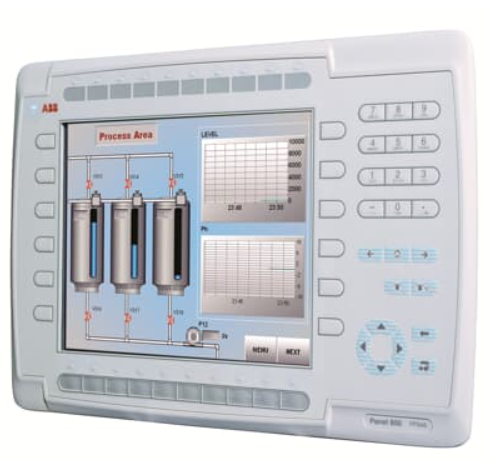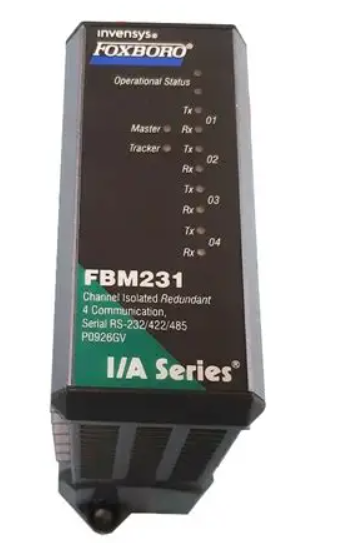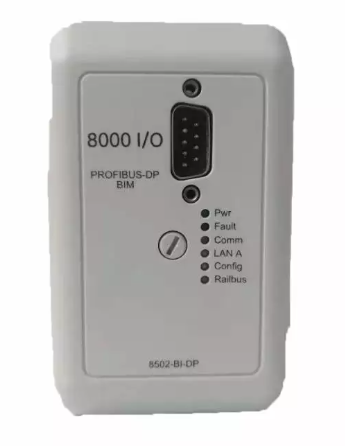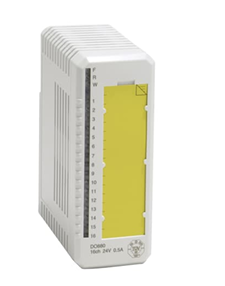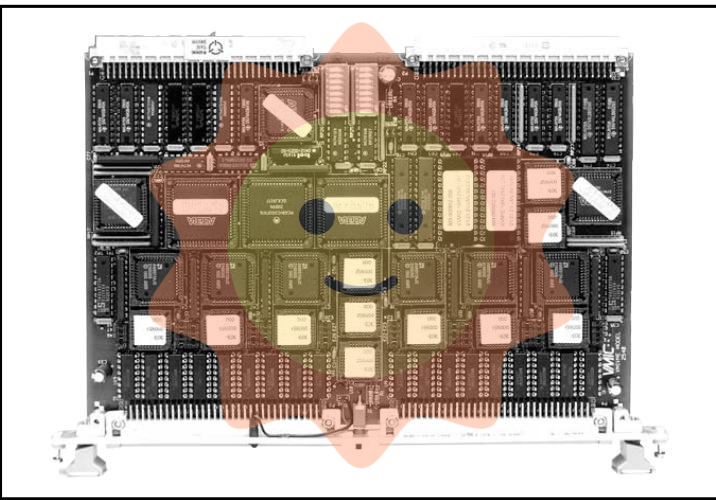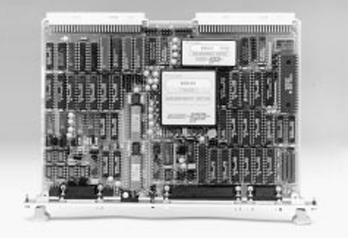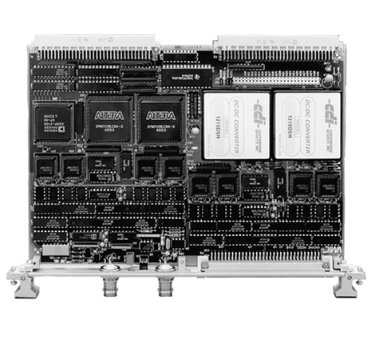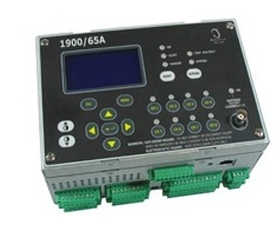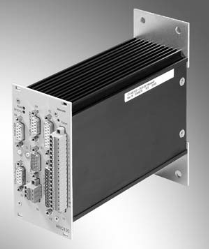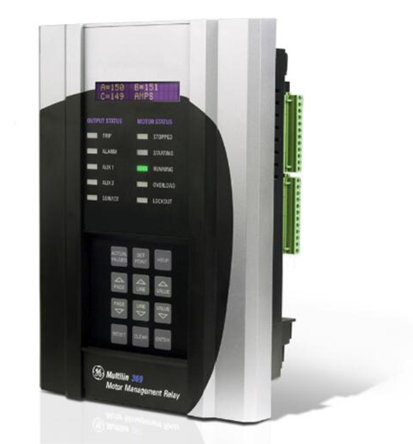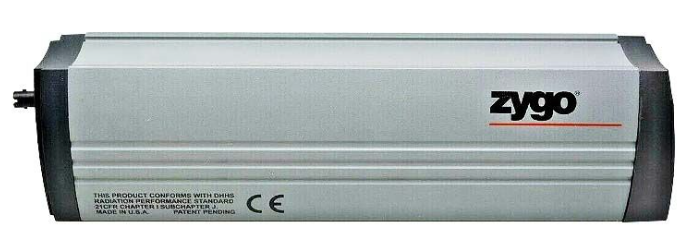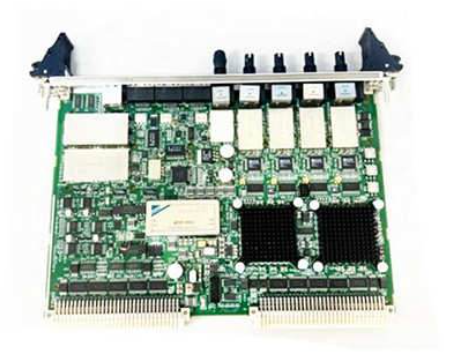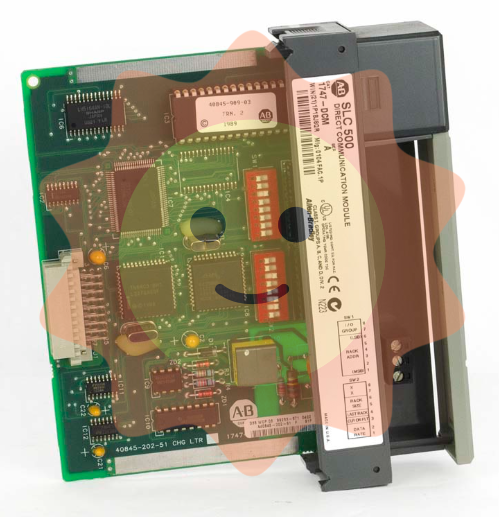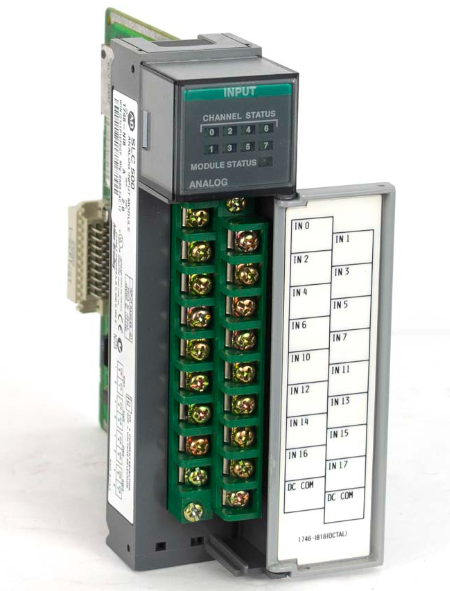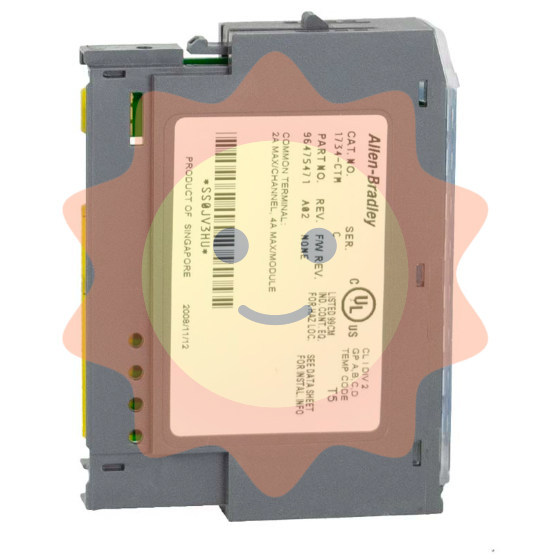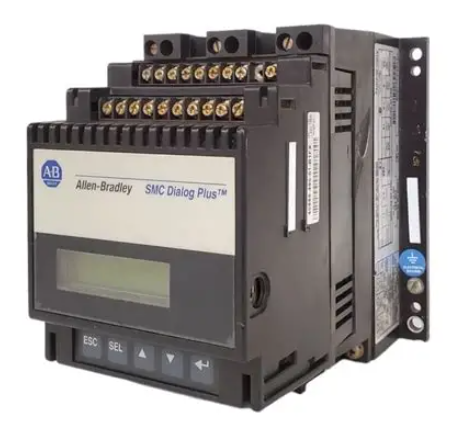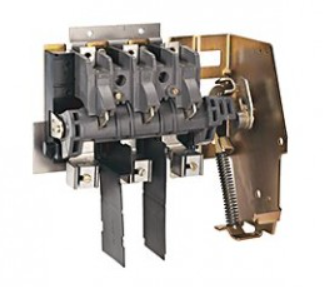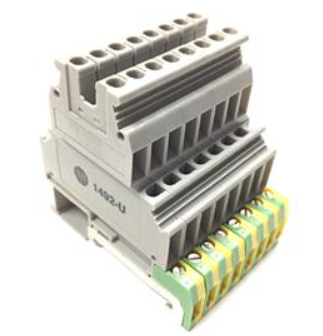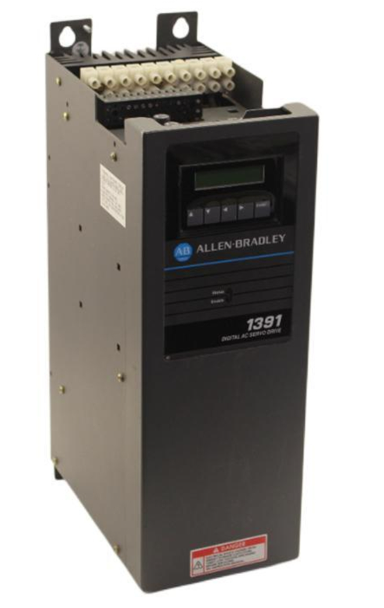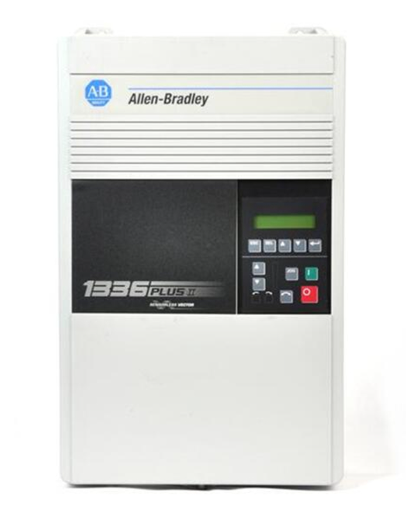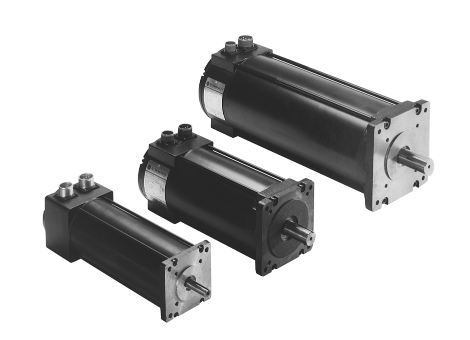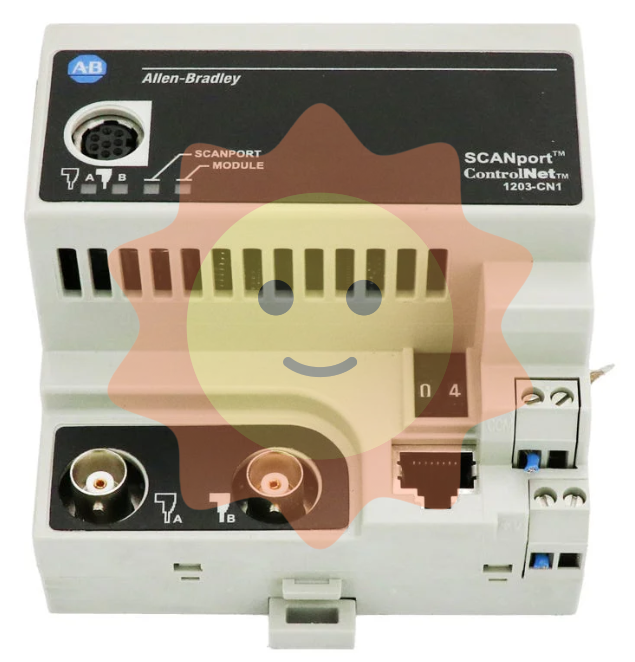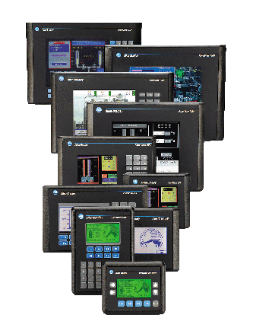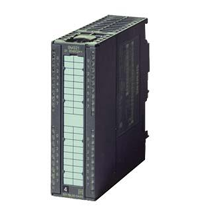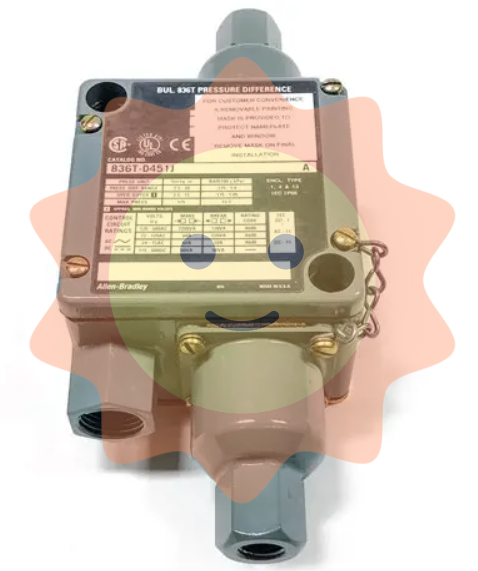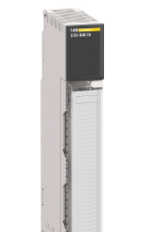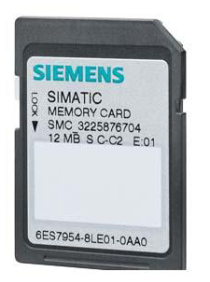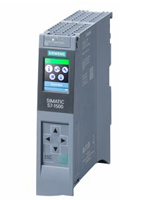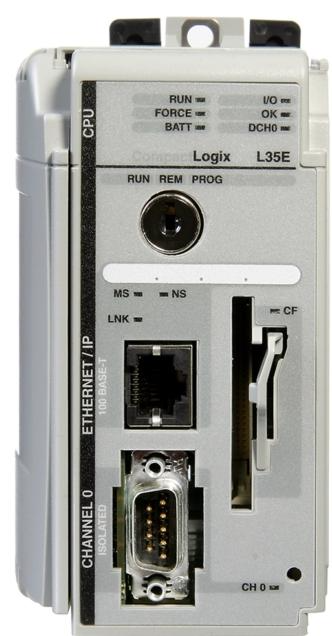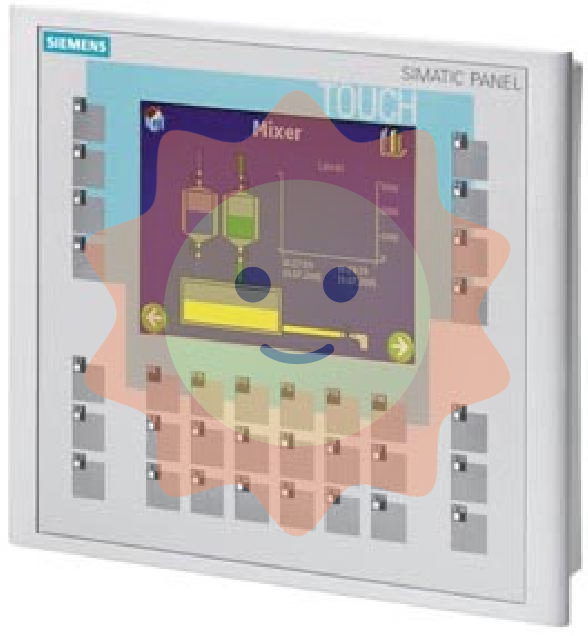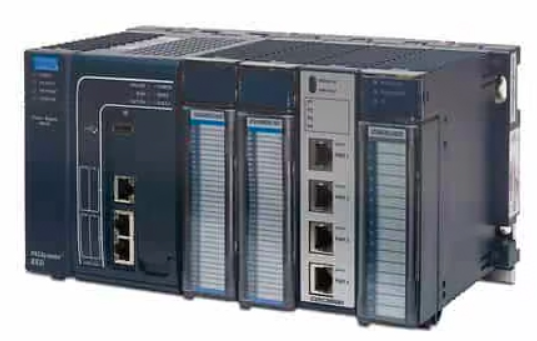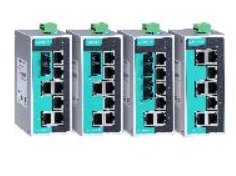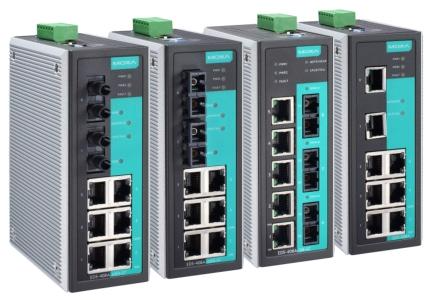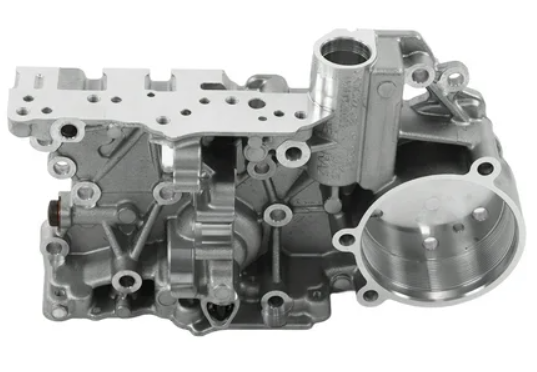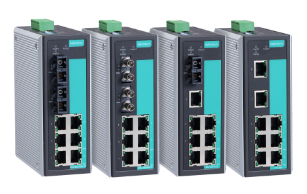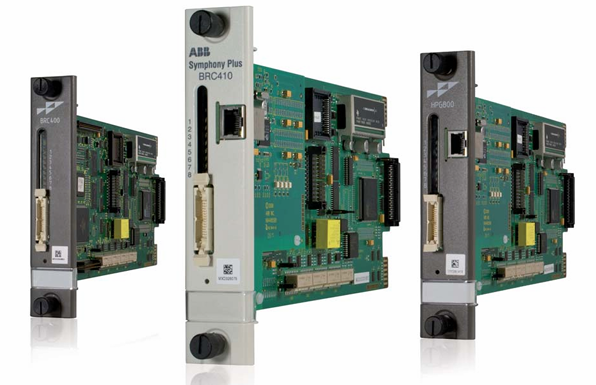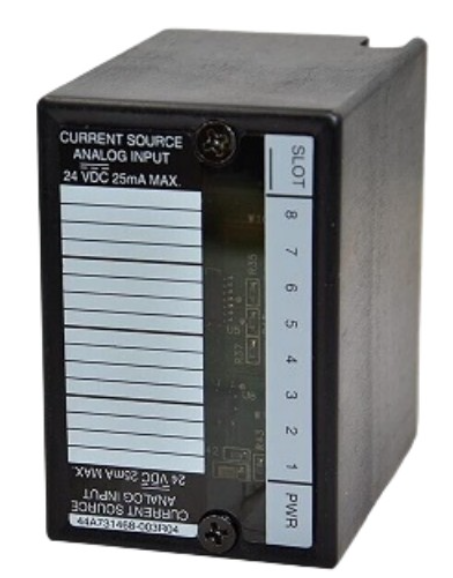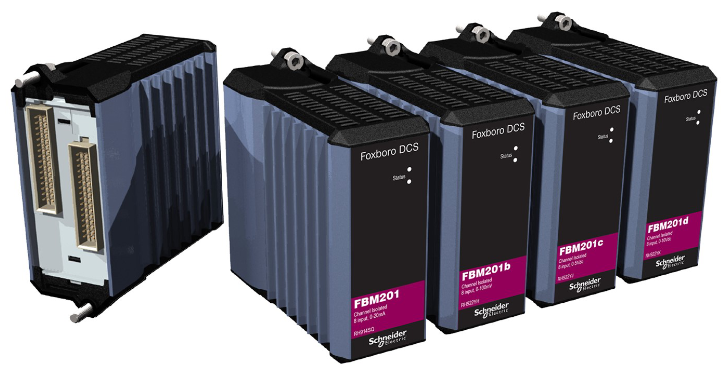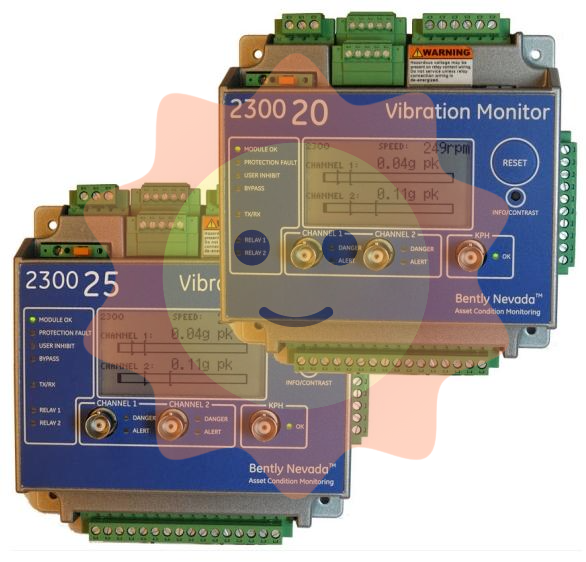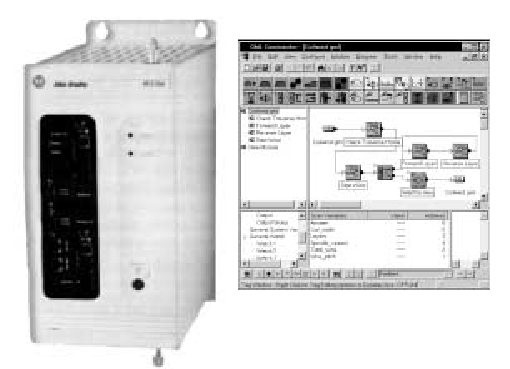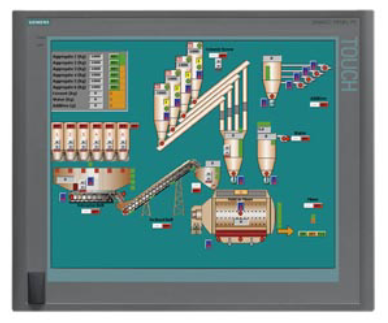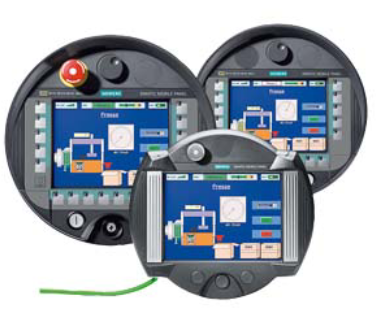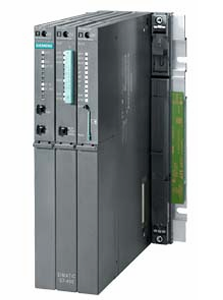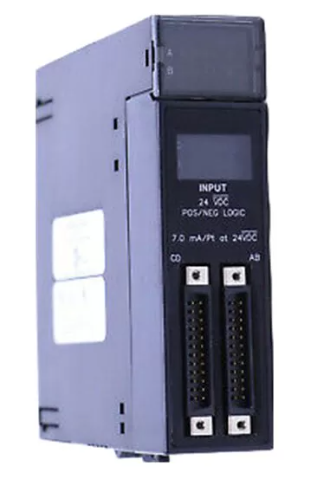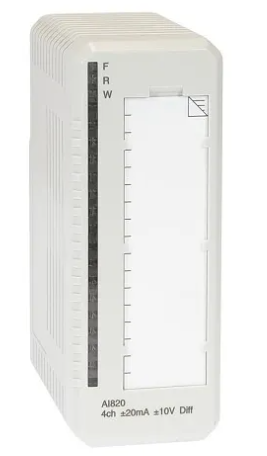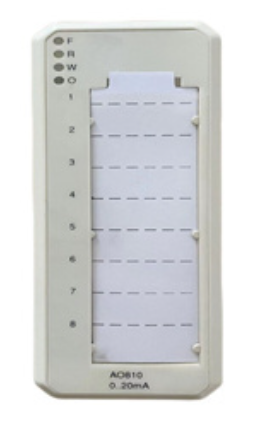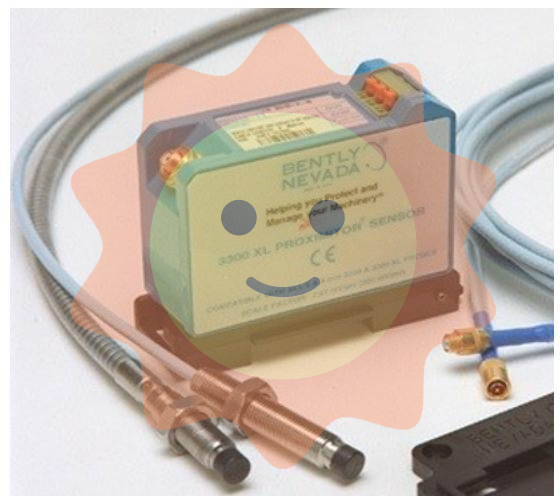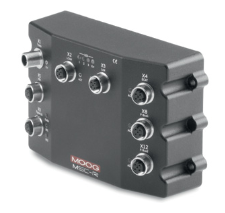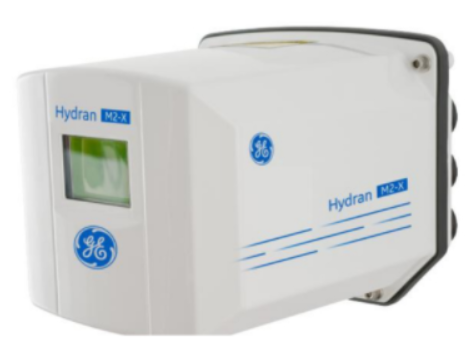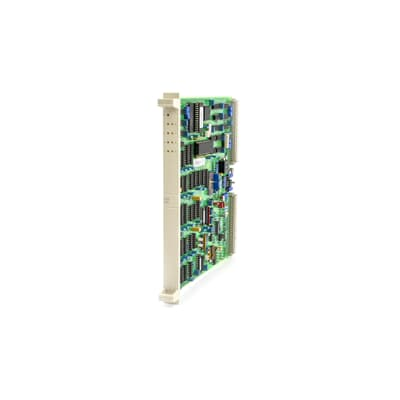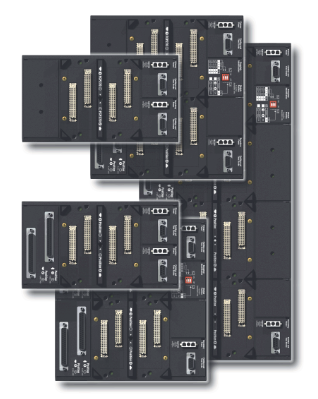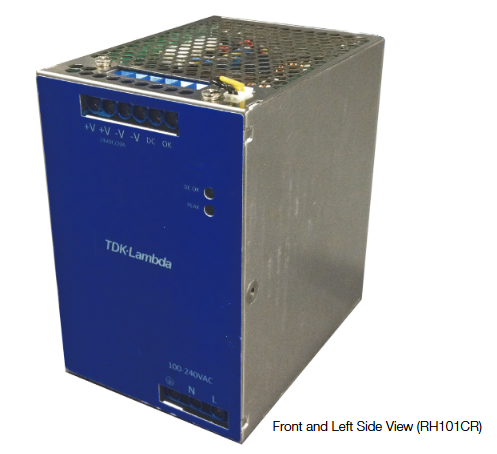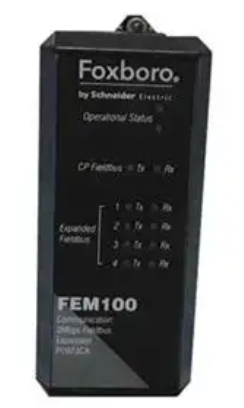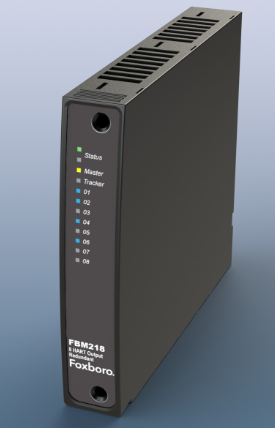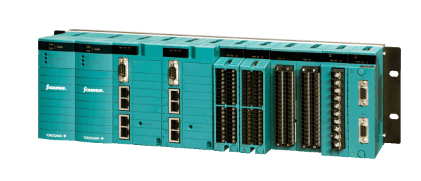GE IC695CRU320-BB Redundancy CPU
GE IC695CRU320-BB Redundancy CPU
The PACSystems* RX3i Redundancy CPU can be used to perform real time control of machines, processes, and material handling systems. The CPU communicates with the programmer and HMI devices via a serial port using SNP Slave protocol. It communicates with I/O and smart option modules over a dual backplane bus that provides:
▪ High-speed PCI backplane for fast throughput of new advanced I/O.
▪ Serial backplane for easy migration of existing Series 90*-30 I/O.
Features
▪ Hot standby (HSB) redundancy. Two redundant units make up a redundancy system. Each unit requires one Redundancy CPU (IC695CRU320) and a redundancy Memory Xchange module (IC695RMX128/228) configured as a redundancy link.
▪ Contains 64 Mbytes of battery-backed user memory and 64 Mbytes of non-volatile flash user memory.
▪ Provides access to bulk memory via reference table %W.
▪ Configurable data and program memory.
▪ Programming in Ladder Diagram, Structured Text, Function Block Diagram, and C. Refer to PACSystems RX7i & RX3i CPU Programmer’s Reference Manual, GFK-2950.
▪ Supports auto-located Symbolic Variables that can use any amount of user memory.
▪ Reference table sizes include 32Kbits for discrete %I and %Q and up to 32K words each for analog %AI and %AQ.
▪ Supports most Series 90-30 modules and expansion racks. For a list of supported I/O, Communications, Motion, and Intelligent modules, refer to the PACSystems RX3i System Manual, GFK-2314F or later.
▪ Supports up to 512 program blocks. Maximum size for a block is 128KB.
▪ CPU firmware may be upgraded in the field.
▪ CPU supports firmware upgrades of modules in its backplane.
▪ Two serial ports: an RS-485 serial port and an RS-232 serial port.
▪ Ethernet communications via the rack-based Ethernet Interface module (IC695ETM001). For details on Ethernet capabilities, refer to PACSystems RX7i & RX3i TCP/IP Ethernet Communications User Manual, GFK-2224.
▪ Time Synchronization to SNTP Time Server on Ethernet network when used with Ethernet Release 5.0 or later.
▪ Compliant with EU RoHS Directive 2002/95/EC using the following exemptions identified in the Annex: 7(a), 7(c)-I, & 7(c)-III.
Hot Standby CPU Redundancy Features
▪ Supports single and redundant Ethernet remote I/O LANs through Ethernet Network Interface Unit (ENIU) modules
▪ Supports simplex and redundantly controlled PROFINET remote IO (requires firmware version 8.00 or later)
▪ Survives any one single point of failure
▪ Bumpless switching o Synchronized CPUs o One scan switching o Transfer data size up to 2Mbytes; selected in CPU hardware configuration and in variable properties
▪ Supports two redundancy communications links
▪ Online repair of failed component
▪ Online programming
▪ Redundancy Memory Xchange Module o Manual toggle switch for role switching, which transitions control from the active unit to the backup unit o Redundancy status LEDs
▪ Application-initiated role switching to switch the active unit to backup status
▪ Redundancy status bits and message logging
▪ Memory error checking and correction (ECC) single bit correcting and multiple bit checking
▪ Background diagnostics
HSB Control Strategy
▪ Active unit does not automatically switch to primary on resynchronization
▪ Critical control data plus all redundant outputs must be included in the output data transfer
▪ Bumpless switchover from active unit to backup unit
Technical features
Programmability: Users can program and customise the module according to specific application requirements to achieve precise control of industrial processes and improve productivity and product quality.
Integration and compatibility: The module can be seamlessly integrated with other ABB products and solutions to form a unified automation platform. It also has excellent compatibility with other manufacturers' equipment and systems.
High performance and reliability: High-performance hardware and software are used to ensure stable operation and efficient control in industrial environments. With advanced fault detection and diagnostic functions, potential problems can be detected and dealt with in a timely manner, improving the reliability of the system.
Flexibility and expandability: with modular design, it can be flexibly configured and expanded according to actual needs. Whether it is a small or large project, it can be easily integrated into the existing automation system.
Easy to use and maintain: Provides an intuitive user interface and powerful diagnostic tools, enabling users to operate and maintain with ease.
Application Functions
Multi-functional control: The module can perform a variety of control functions, including logic control, motion control, temperature control, etc., to meet the needs of different application scenarios.
Digital control: Provides digital control functions that allow users to programmatically define and execute control logic to achieve precise control of complex industrial processes.
Communication Capability: Supports a variety of digital communication protocols, such as Ethernet, Profibus, Modbus, etc., in order to communicate with other devices, monitoring systems, or upper level control systems, and to achieve centralised management and monitoring of all parts of the system.
PLC Integration: Compatible and able to be integrated into ABB or other manufacturers' PLC systems to achieve seamless integration and overall synergy with other automation equipment and control systems.

- User name Member Level Quantity Specification Purchase Date
- Satisfaction :
-









Email:wang@kongjiangauto.com









